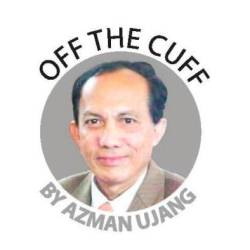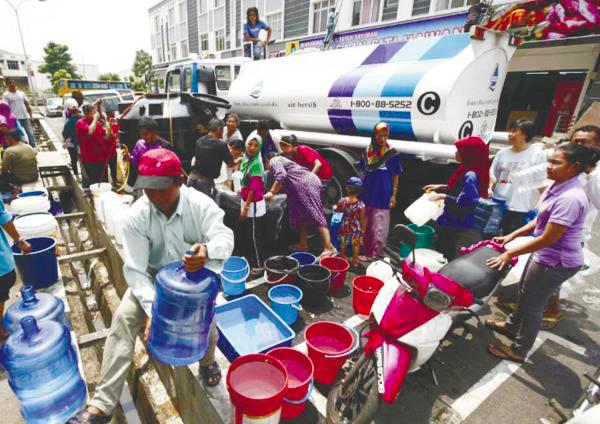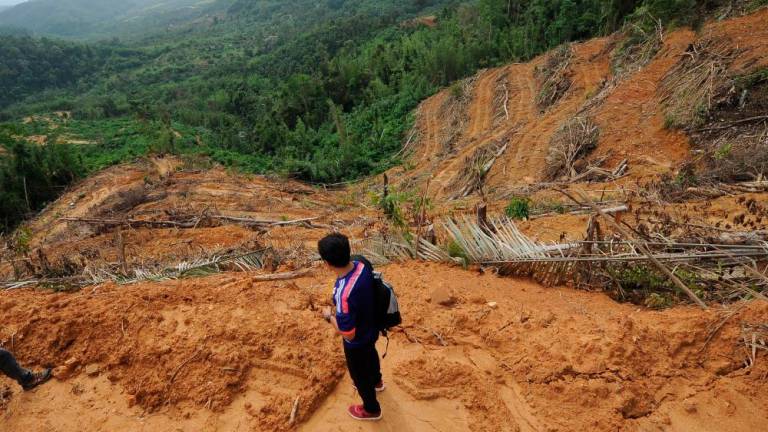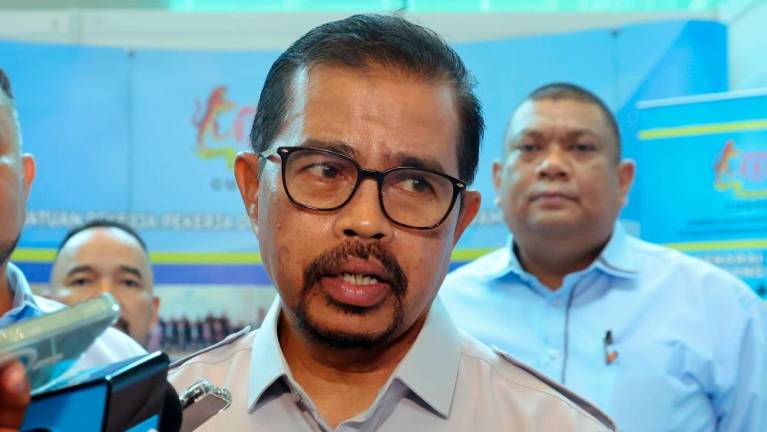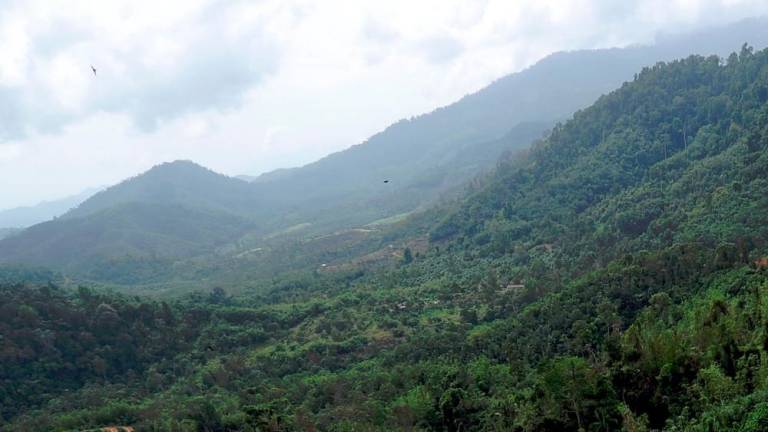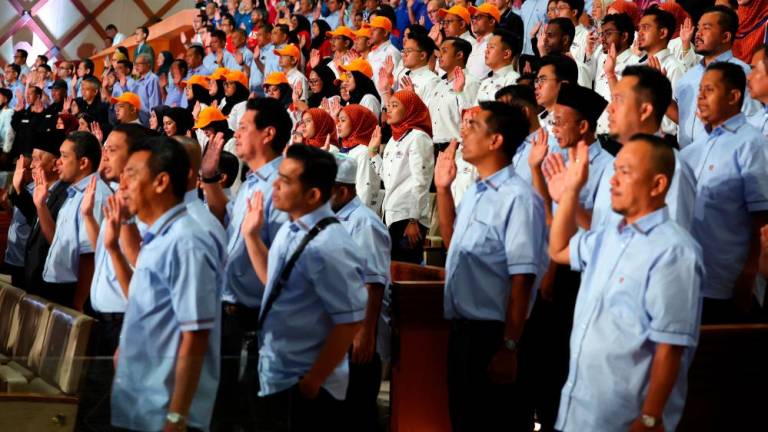AT a dialogue session between Prime Minister (PM) Datuk Seri Anwar Ibrahim and senior media practitioners last Saturday, I was ready to address the omission of two keywords from the names of ministries when he formed the Madani Cabinet in November last year.
And it happened again when the prime minister shuffled his Cabinet on Dec 12.
To ensure I did not miss certain points for argument’s sake, I jotted in my reporter’s notebook the two important words that always featured in the portfolios of previous Cabinets but were omitted in Anwar’s Cabinet: water and housing.
In the original unity government Cabinet, water fell under Natural Resources while housing came under Local Government Development.
However, due to the multitude of questions and time constraints, I did not get a chance to suggest to the PM – despite raising my hand several times – to reinstate “water and housing” in the respective ministries’ names.
The point I had intended to make was that without water and housing specifically identified in the Cabinet portfolios, these two vital components in our daily lives may not get the priority they deserve. They run the risk of being sidelined in the order of priority.
However, here is the good news – the Local Government Development Ministry announced on Tuesday that it is now known as the Housing and Local Government Ministry.
It said the name change was decided during the Cabinet meeting on Dec 13, adding that providing affordable housing remains the ministry’s main thrust.
The ministry’s target is to construct 500,000 housing units nationwide, especially for the B40 and M40 groups through the ongoing 12th Malaysia Plan.
Now with housing back on the frontline, what about water – life’s most vital resource?
It was not publicly stated in the Cabinet reshuffle announcement whether water now remains with the Natural Resources and Sustainability or under the Energy Transition and Public Utility Ministry.
Firstly, I would regard it as an oversight to have dropped these two nomenclatures that have been part and parcel of our everyday existence.
The earlier “water” returns as part of the ministry’s name, the better as water is life.
Readers who have been following this column, now in its 13th year, can vouch that water is a pet issue that I have written about against the backdrop that is something Malaysia and Malay-sians have taken not only for granted but perhaps, too much for granted.
A myriad of initiatives are offered in either the federal or state budget presentations annually but rarely, if at all, do we read or hear about specific allocations, for example, an increase in water supply capacity to meet the rapidly growing population.
The water supply situation is a critical issue in the Klang Valley, which encompasses Kuala Lumpur and Selangor, Malaysia’s most populated and No. 1 economic state.
Selangor has the highest population, simply because Malaysians from the other 12 states are flocking here, given its vast business and job opportunities. It is also the fastest-growing state industrially.
Look at the mushrooming of high-rise condominium blocks, soaring 50 storeys skyward over the past 10 to 15 years in an overbuilt city such as Kuala Lumpur and neighboring Selangor, not to mention Putrajaya.
This seemingly uncontrolled property development is the main reason why Selangor’s water reserve margin is running precariously low, obviously the lowest in the country.
For the three years since 2018, Selangor’s water reserve margin was zero. However, it has been increased to 17.4% in 2021 and 15.25% last year.
With global issues such as climate change and some two-thirds of countries globally reportedly facing water shortage, the last thing we want to see happening is water politics.
Selangor, under a previous state government, even came up with the world’s first free water policy for household consumption.
It was meant to be a populist movement but which, in effect, costs the state government billions in payment to the privatized water concessionaires.
It is a bad policy, considering water is a precious resource, and when given free can lead to a tremendous amount of waste, aggravating the problem of non-revenue water.
No one minds paying for such a vital resource because given the low water tariffs prevailing in the country, water is the cheapest utility bill compared with others.
The average household only pays about RM15 to RM30 for their water monthly, much lower than what parents spend to top up their children’s mobile phones.
In this regard, I applaud the move by the Penang government to seek Federal government approval to raise water tariffs for households in the state.
Chief Minister Chow Kon Yeow said on Christmas Day that the current tariff for domestic consumers had not been increased since 2015 and was heavily subsidized.
The Penang Water Supply Corporation spends more than RM1 to treat every 1,000 liters of water but only charges households 30 sen. Without any tariff increase, the state government spends RM100 million annually on water.
The bottom line is that no effort should be spared to prevent a water crisis because such a crisis, if it happens, is the mother of all crises.
Comments : letters@thesundaily.com



